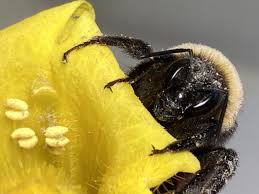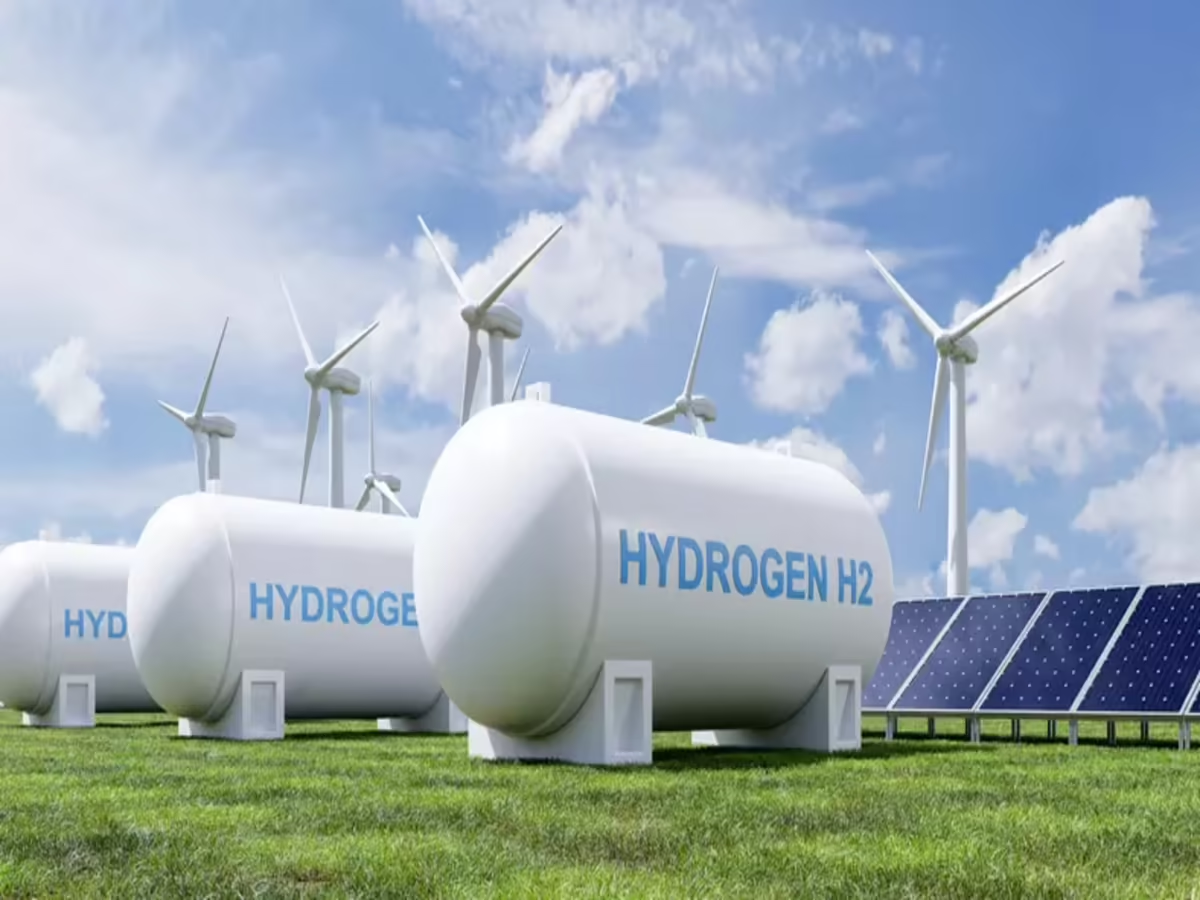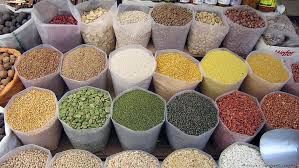- Courses
- GS Full Course 1 Year
- GS Full Course 2 Year
- GS Full Course 3 Year
- GS Full Course Till Selection
- Answer Alpha: Mains 2025 Mentorship
- MEP (Mains Enrichment Programme) Data, Facts
- Essay Target – 150+ Marks
- Online Program
- GS Recorded Course
- Polity
- Geography
- Economy
- Ancient, Medieval and Art & Culture AMAC
- Modern India, Post Independence & World History
- Environment
- Governance
- Science & Technology
- International Relations and Internal Security
- Disaster Management
- Ethics
- NCERT Current Affairs
- Indian Society and Social Issue
- NCERT- Science and Technology
- NCERT - Geography
- NCERT - Ancient History
- NCERT- World History
- NCERT Modern History
- CSAT
- 5 LAYERED ARJUNA Mentorship
- Public Administration Optional
- ABOUT US
- OUR TOPPERS
- TEST SERIES
- FREE STUDY MATERIAL
- VIDEOS
- CONTACT US
Bees Affected by Microplastic Pollution
Bees Affected by Microplastic Pollution
01-05-2025

- Recent research highlights that microplastic pollution is emerging as a serious threat to pollinators like bees and bumblebees.
- These microplastics can disrupt their foraging behavior, reducing their efficiency in gathering nectar and pollen.
- As a result, their pollination capabilities are compromised, potentially impacting plant reproduction and food security.
Where are bees found?
- Wild bee species are incredibly diverse and are found on every continent except Antarctica.
- Their wide distribution reflects their critical role in maintaining ecological balance across various ecosystems.
What are the unique features of bees?
- Among bees, only the females possess stingers, which are actually modified ovipositors—organs originally evolved for egg-laying.
- Bees rely entirely on flowering plants for nutrition, feeding on sugary nectar for energy and protein-rich pollen for growth.
- This specialized diet supports their role as key pollinators in nature.
How important are bees in pollination?
- Bees are essential to ecosystems, as they pollinate nearly 80% of all flowering plant species.
- This includes many agricultural crops, making them vital for food production and biodiversity conservation.
The decline in bee populations due to pollution and habitat loss poses a serious threat to global food systems.




